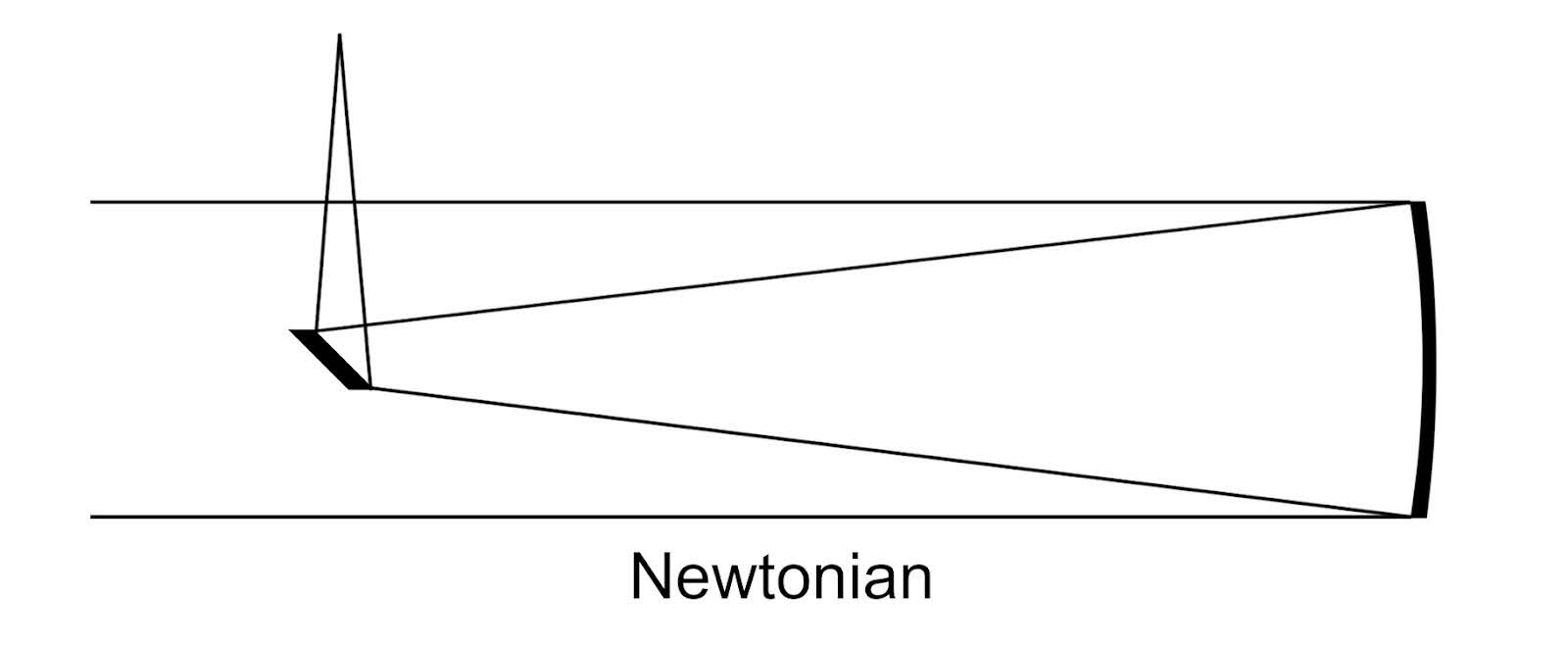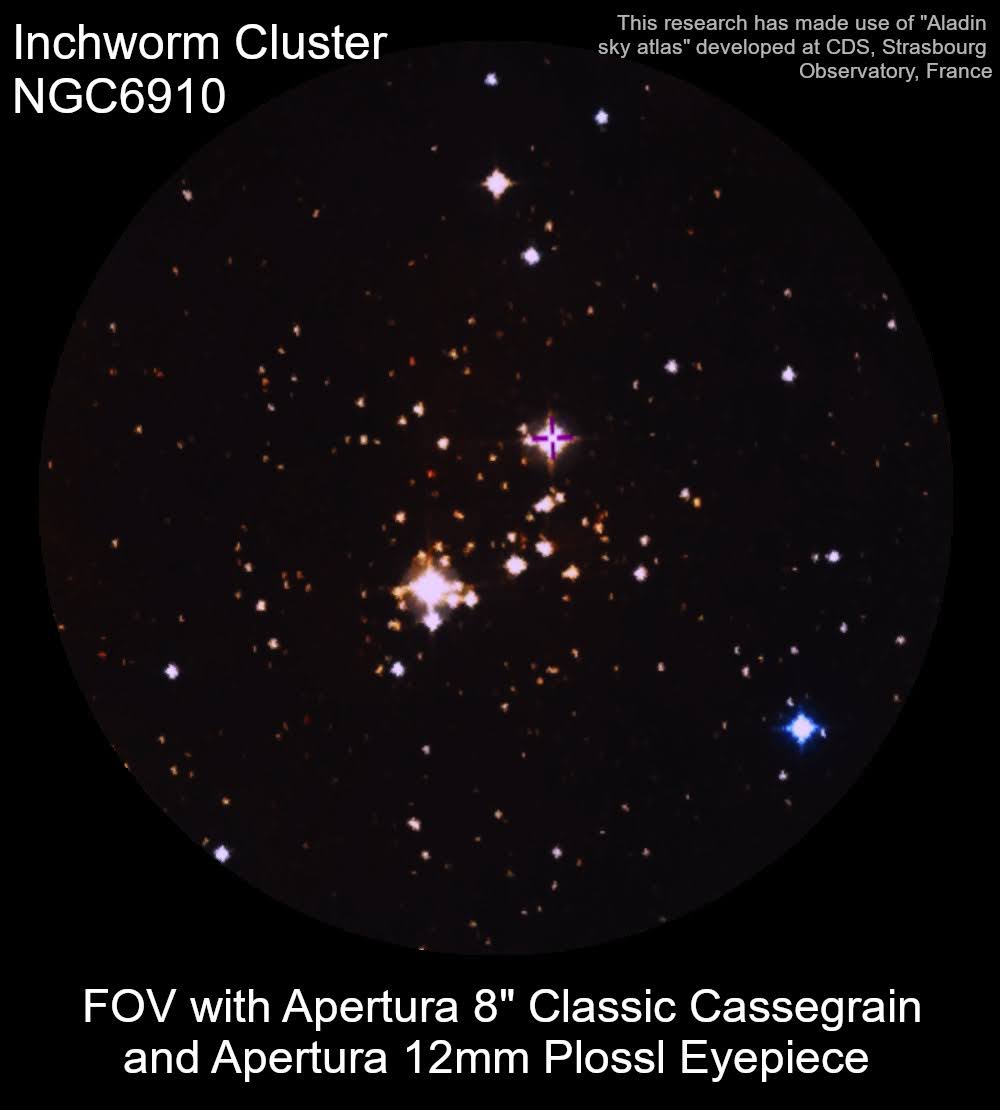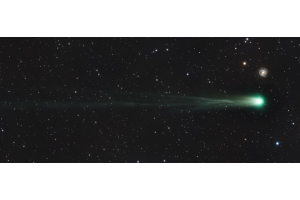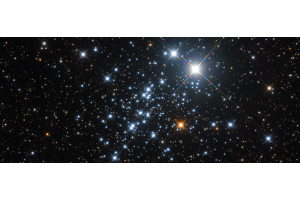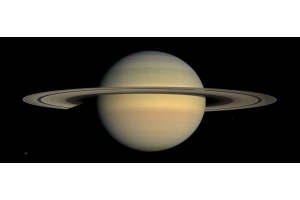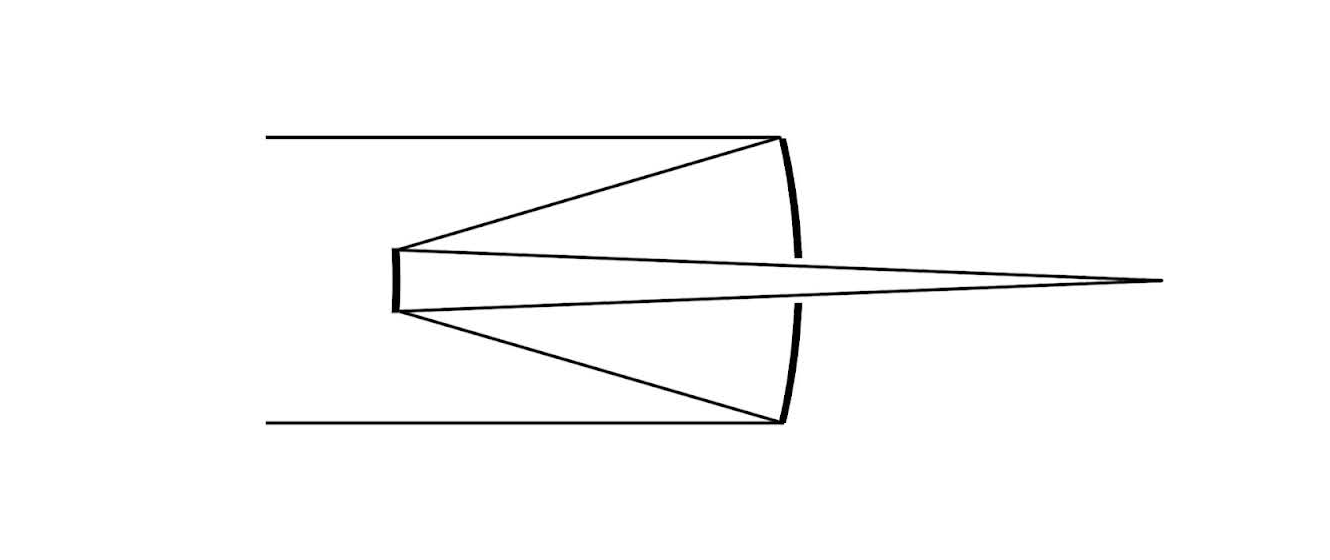
What is a Classic Cassegrain?
The Cassegrain, or Classical Cassegrain as it has become known, is a well-corrected, two mirror telescope that was developed by Laurent Cassegrain and is the foundational design of many of the most popular telescopes today. Some of those popular telescopes include the Schmidt-Cassegrain, Maksutov-Cassegrain, Ritchey-Chrétien, and Dall-Kirkham. The Classical Cassegrain provides a wonderful balance of features and is most excellent for visual observations.
A Brief and Interesting History
Before talking about the Cassegrain which was developed in the late 1600s, it’s important to talk about those telescope designs that came before it. Laurent Cassegrain’s telescope was preceded by Sir Isaac Newton’s famous reflector design.
The Newtonian uses a concave parabolic primary mirror to focus the incoming light from the telescope. Without additional optics, the point of focus from this mirror would be directly in front of the telescope and viewing the image with an eyepiece would cause the incoming light to be blocked by the user's head; not very useful. So, Newton placed a small flat mirror at the front of the telescope to redirect the focused light 90° out the side of the telescope tube so that the point of focus can be accessed with an eyepiece without blocking the incoming light. This small, flat secondary mirror does not modify the focus of the light in any way. It simply redirects it. The following image shows the light path in a Newtonian telescope. The front aperture is on the left, primary mirror on the right, and diagonal secondary mirror folds the lightpath out of the top.
Just a few years before Sir Isaac Newton made the first Newtonian reflecting telescope, a gentleman by the name of James Gregory designed, but did not construct, the first compound reflecting telescope. This telescope used a parabolic primary mirror just like Newton’s. However, in Gregory’s design the primary mirror had a hole in the center of it. We call this a perforated primary mirror.
Primary Differences
As mentioned earlier, the Newtonian telescope uses a secondary mirror which redirects the light out of the side of the telescope so that it is accessible without modifying the light cone of focus of the telescope. In a Gregorian telescope, there is a second concave mirror placed just past the focal point of the primary mirror. This concave secondary mirror faces the primary mirror. It does change the focus, focal length, and spherical correction of the optics. In the Gregorian, both mirrors modify the light path. The parabolic primary mirror focuses the incoming light which is then intercepted by the concave elliptical secondary mirror, where it is elongated. The secondary mirror modifies or lengthens the light cone of the primary in a similar manner to what you might see when using a Barlow lens with a Newtonian. In the Gregorian, there might be a 5x amplification factor to the secondary mirror, acting like a 5x Barlow. The light from the secondary mirror passes through a central hole in the primary mirror where it can easily be accessed with an eyepiece from the back side of the telescope, in a position much like a refracting telescope. This is very convenient and works well on equatorial mounts. Additionally, the compound reflecting telescope can be quite compact for its focal length.
The following image shows the light entering the telescope from the left. It is focused by the primary mirror on the right. The secondary mirror is just outside of the focal point of the primary mirror. This causes the light from the primary mirror to begin diverging, where it is intercepted by the elliptical secondary mirror and elongated, being sent out of the back of the telescope through the center of the primary mirror to the focal point.
How Does All This Relate to the Cassegrain?
We mention these telescopes only as a foundational understanding. The Classical Cassegrain functions much in the same way the Gregorian scope does, with one main exception; the secondary mirror is a convex hyperboloid which is placed inside the primary mirror’s focal point rather than a concave mirror which is placed outside the mirrors focal point as is seen in the Gregorian. By placing the secondary mirror inside the focal point of the primary, the telescope can have a much shorter physical length. The primary mirror on a Classical Cassegrain typically may be f/3 to f/4, whereas the Gregorian might have an f/4 to f/6 concave parabolic primary mirror, further improving the compactness of the Classical Cassegrain with a shorter system focal ratio.
Our Apertura development team designed a Classical Cassegrain that uses an f/3 primary mirror which is parabolic in shape, just like a super fast Newtonian. Many Cassegrain telescopes use an f/4 primary and 3x secondary mirror, but using an f/3 primary allows for the Apertura 6" Classical Cassegrain Telescope and Apertura 8" Classical Cassegrain Telescope to have shorter optical tubes and smaller secondary mirrors for a given field size and focal ratio.
The primary mirror is perforated to allow light from the secondary mirror to pass through the primary mirror, which further corrects the light cone and lengthens it by 4x. This elongated light cone passes back through the primary mirror and out of the back of the telescope where the f/12 light cone converges and the focal point can be accessed with an eyepiece.
All of this creates a telescope which is fully corrected for spherical aberration, has substantial coma correction from the parabolic primary and hyperbolic secondary mirror combination, has a well illuminated field, and offers no chromatic aberration. The eyepiece is placed in a comfortable position at the back of the telescope, and the optical tube assembly (OTA) is rather compact for its focal length and aperture. Due to the parabolic and hyperbolic mirrors, a coma corrector is generally not needed like it might be on a faster Newtonian, and a corrector plate is not needed like on an SCT or Maksutov Cassegrain. The Apertura f/12 Classical Cassegrain has a smaller central obstruction than an f/8 RC and, theoretically, can provide a higher level of fine contrast, making it well suited for visual use.
Application for the Classic Cassegrain Telescope
The Classical Cassegrain is well suited for visual use with up to about a 1 ¼ ° field of view with the 8” model and 1 ½ ° field of view in the 6” model, and up to a 4.75 mm exit pupil using common eyepieces. This covers the majority of interesting objects that can be seen with a small telescope. From objects like the massive Orion Nebula using 30-55mm eyepieces to small open clusters like NGC6910, The inchworm Cluster, located in Cygnus with 20-12mm eyepieces, this telescope can do it all! It also excels at planetary observations due to the moderate aperture and focal length, giving sharp high-contrast views. With the moderate to large exit pupil offered by longer focal length eyepieces, this scope can be used with a UHC filter to improve contrast on diffuse nebulous objects and planetary nebulae.
Baffle System
An important part of a compound optic, or any optic for that matter, is the mechanical ability to deal with light leaks and “stray light.” The Apertura Classical Cassegrain uses a series of knife edge baffles down the tube which physically block off axis light from reflecting off of the tube walls and reaching the focal plane. It also incorporates a large secondary mirror baffle and long primary mirror baffle. When these two mirror baffles combine, they block unwanted light from reaching the focal plane and greatly increase the image contrast. Baffles are essential in any Cassegrain telescope. The baffles are well designed and sit just outside the optical path of the telescope, blocking unwanted light without intruding into the path of the focused light.
Other manufacturers have offered similar telescopes in the past; however, those telescopes had undersized secondary mirrors and baffle tubes which resulted in a reduced effective aperture. This is not the case with the Apertura Classical Cassegrain Telescopes! Our telescopes have an enlarged, or more accurately, a correctly sized secondary mirror and baffle tube.
The Apertura 8" Classical Cassegrain Telescope is a robust and portable telescope with the focal length and field size of a 9.25” SCT, simplicity of a Newtonian, no corrective optics required, unique fully threaded accessory ecosystem, comfortable observation ergonomics, classic looks, and world class views. What’s not to love!? The 6” model has all of the same features as the 8” Cassegrain but with a field of view wider than that of an 8” SCT and a very compact size!

Learn More
Interested in learning more about astronomy and astrophotography? Not sure where to begin? Check out our Astronomy Hub!





